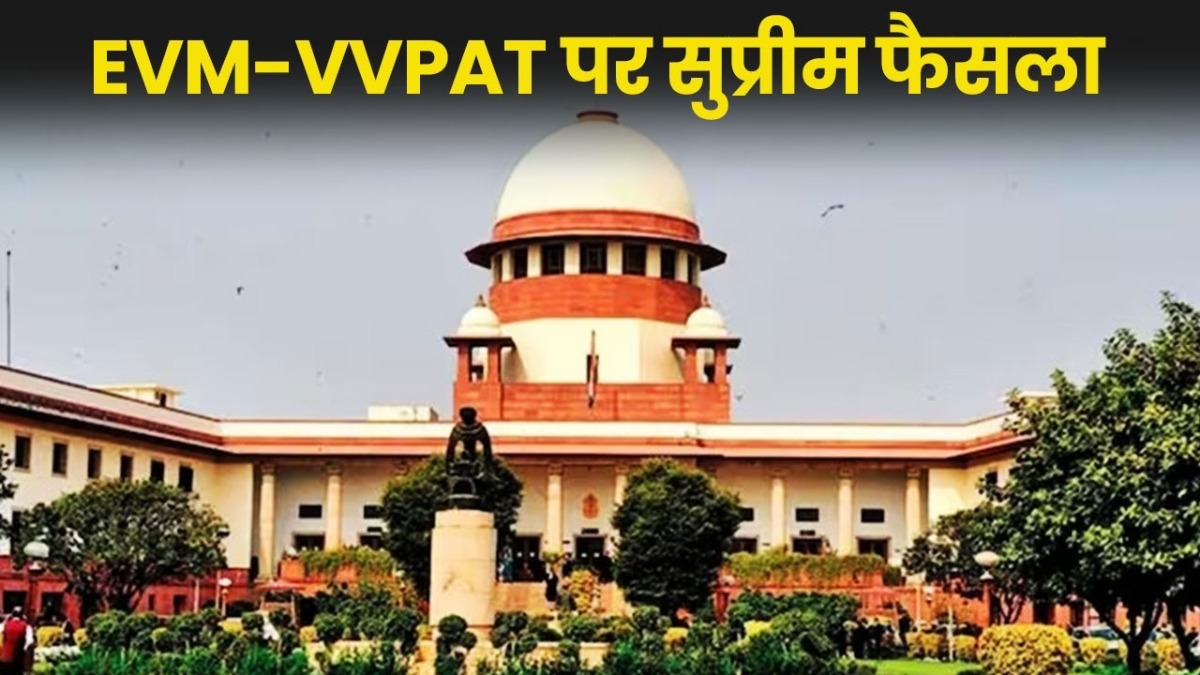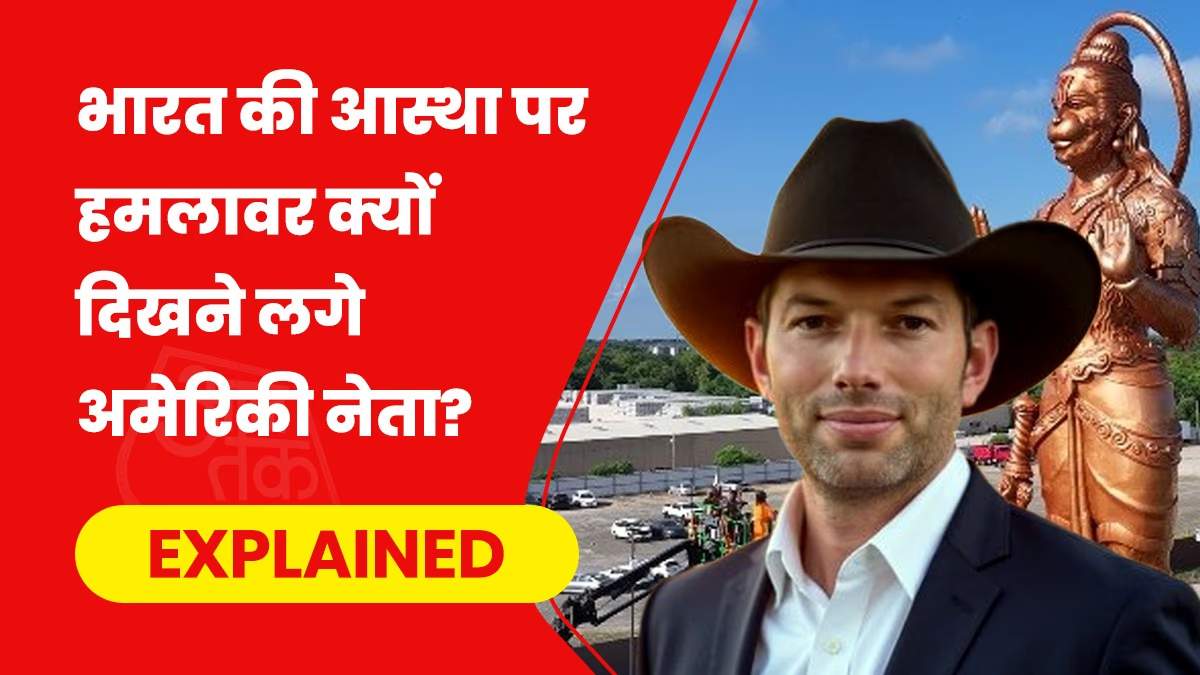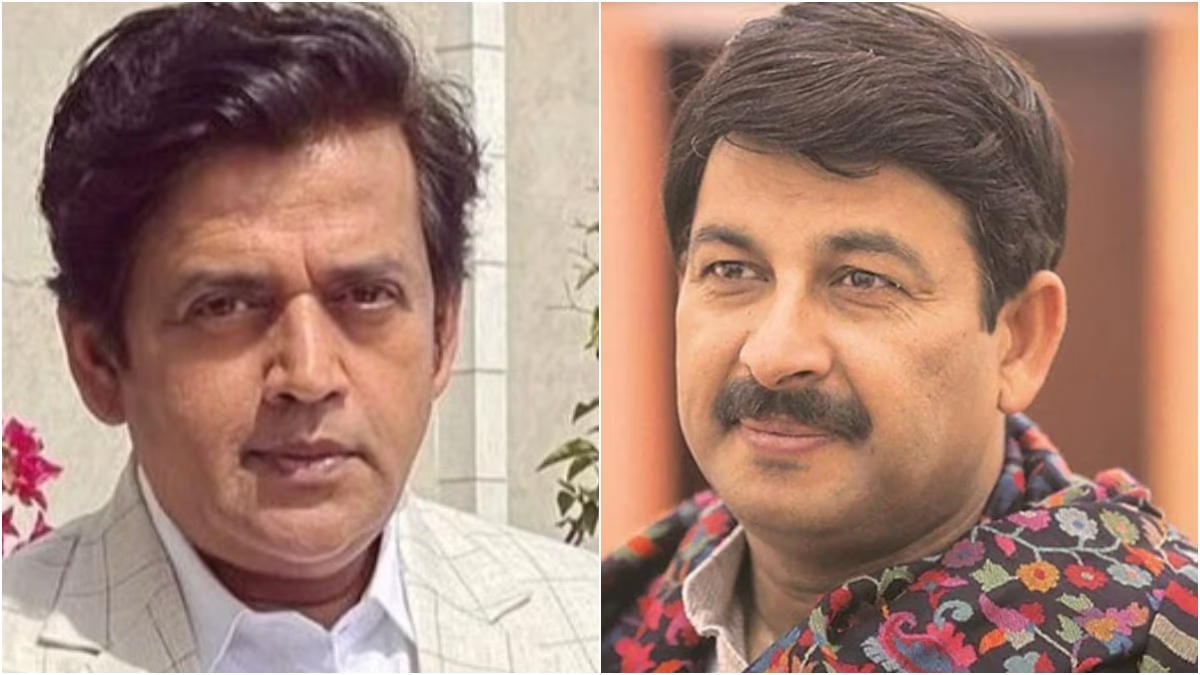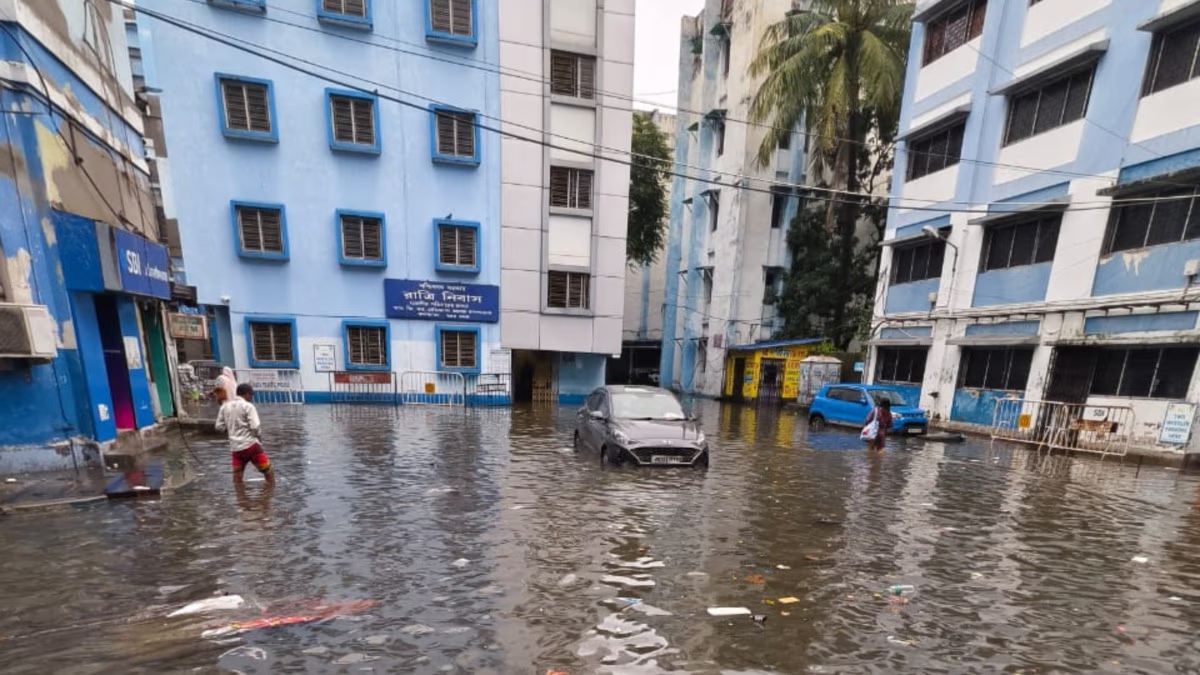In a major setback for petitioners on Friday, the Supreme Court clarified that voting by ballot papers will not make a comeback in India; voting will continue with EVMs. Moreover, there will be no 100% matching with VVPAT slips. Nevertheless, EVMs will be safeguarded for 45 days and complaints post-election results can be checked within 7 days.
All related petitions have been dismissed by the bench of Justices Sanjeev Khanna and Dibakar Datta. Justice Sanjeev Khanna stated that they have dismissed all the petitions. The court has also directed that symbol loading units must be sealed and secured post-elections. It was further instructed that candidates have the option to have the EVM's micro controller program checked by a technical team within 7 days after the election results are announced.
'EVMs will be protected in a strong room for 45 days'
On the counting of voting slips, the court mentioned that once the symbol loading units (SLU) are completed, they will be sealed within a container. Candidates will sign on it, and following declaration of results, EVM data and records will be stored safely in a strong room for 45 days.
- The first directive is that after the completion of the symbol loading process, the symbol loading unit (SLU) should be sealed and kept safe for 45 days. - Second, runners-up candidates may request a reevaluation within seven days of result declaration. In such cases, a team of engineers will inspect the memory of the micro controller.
- Justice Khanna noted that candidates will bear the cost of VVPAT verification. However, if discrepancies are found in the EVMs, the expenses will be refunded. - Justice Datta mentioned that it's not justifiable to doubt a system without solid grounds. Democracy is about harmony and trust among all pillars, and by promoting a culture of trust and cooperation, we can strengthen the voice of our democracy.
Prior to this, on Wednesday, the Supreme Court had asked the Election Commission four questions relating to EVMs and VVPATs.
1). Is there a micro controller installed in the control unit or VVPAT? 2). Is the micro controller only programmable once? 3). How many symbol loading units are available in an EVM? 4). The period for election petitions is 30 days, hence the EVM data is stored for 45 days. Could this storage period need to be extended?
The election commission responded that each voting unit consists of a ballot unit, control unit, and a VVPAT unit, each with its own micro controller which can't be tampered with. All micro controllers are single-time programmable. The commission has two manufacturers for uploading election symbols, one being ECI and the other Bharat Electronics. The commission shared that all EVMs are kept safe in strong rooms for 45 days. After that, the registrar of the Election Commission confirms whether there are any petitions concerning the elections. If no petitions are filed, the strong room is opened; otherwise, it remains sealed.
On Wednesday, SC reminded that the court is not an authority that regulates elections. It recollected that the court had intervened twice on the matter of EVMs. The bench recalled that the Supreme Court had issued two orders on VVPAT - an independent vote verification system allowing voters to verify that their votes are recorded correctly. One order was passed when the court directed the use of VVPATs during elections, while the other increased the use from one to five booths. The bench stated, if necessary, they could pass instructions to strengthen the existing EVM system. In April 2019, the Supreme Court had asked the Election Commission to increase the number of VVPATs per assembly constituency from one to five in every parliamentary constituency.




